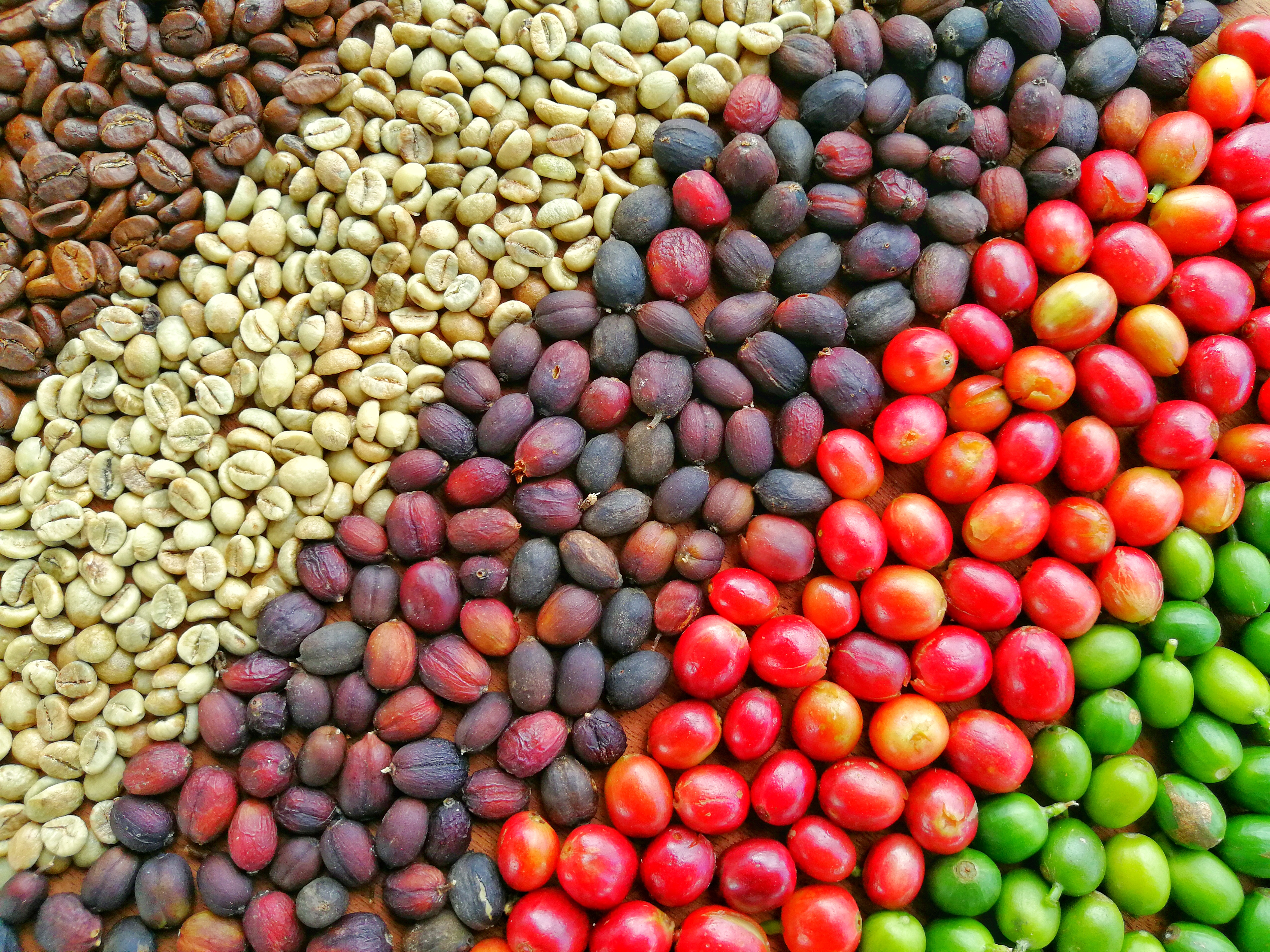
Coffee's Evolutionary Waves
James Nyland6 June 20230 Comments
From its humble beginnings as a local beverage in the highlands of Ethiopia to becoming a global phenomenon, coffee has undergone remarkable transformations, driven by evolving tastes, cultural shifts, and technological advancements. In this blog story, we embark on a captivating journey, spanning from 1884 to the present day, to unravel the fascinating waves and evolution of coffee. Along the way, we'll delve into the pivotal moments, influential figures, and the different equipment that have played a significant role in making coffee the internationally enjoyed delight it is today.
The first patented espresso machine was developed by Angelo Moriondo in 1884, but it was not practical for commercial use. The development of the espresso machine in Italy marked a significant turning point in the history of coffee culture. It was when Luigi Bezzera invented a more practical espresso machine in 1901 that the modern espresso machine indeed came into being.
During the first wave of coffee, which began in the early 20th century, coffee was produced on a mass scale, but the quality was low due to the use of inferior beans, lack of understanding in farming in proper soils and environments and simple roasting methods. Coffee was viewed as a cheap commodity and a convenient caffeine fix rather than a gourmet beverage to be savored. The introduction of lever-operated espresso machines in the 1930s provided more precise control over brewing. In comparison, pump-driven machines developed in the 1940s and 1950s led to a more consistent and reliable brewing process.
The second wave of coffee emerged in the 1960s and 1970s and was characterised by the introduction of dedicated coffee shops and more focus on espresso-based drinks. The espresso machine played a central role in this wave, creating high-quality espresso shots that were the foundation for various other beverages, such as cappuccinos and lattes.
The early 2000s marked the beginning of the third wave of coffee, with more focus on high-quality specialty coffee beans and an emphasis on transparency, traceability, sustainability, and social responsibility in the coffee supply chain. This wave prioritised relationships between coffee farmers and roasters, eco-friendly farming techniques, and other ethical and sustainable practices. Baristas started to learn more about how to fine tune extraction techniques and highlight the unique flavors and characteristics of high-quality coffee beans.
During this time, baristas around the world began experimenting with different brewing methods and techniques like the Hario V60 or AeroPress to bring out more subtle flavors in coffee, resulting in a greater appreciation for each coffee's nuances. The introduction of advanced espresso machines, such as those that allow for temperature and pressure profiling, has given baristas further control over the brewing process, creating more complex espresso. The fourth wave of coffee is not defined by an exact start year or time due to disputes about its similarities with the third wave. Characterised by a deeper focus on sustainable practices throughout the coffee supply chain, experimental post-harvest processing techniques, the spread of rare and premium varietals and the use of technology-driven, innovative brewing methods, including scientific equipment such as refractometers
In conclusion, the history of coffee culture has undergone significant transformations over time, with each stage marked by distinct values and characteristics. Together, these waves illustrate the increasing understanding of the product, appreciation for the work of coffee farmers, desires to improve quality and showcase the diversity of coffee through employment of technology as well as the growing importance of ethical and sustainable coffee production. As coffee culture continues to evolve, it will be exciting to see what the future holds for this beloved beverage.
Leave a comment
All comments are moderated before being published.
